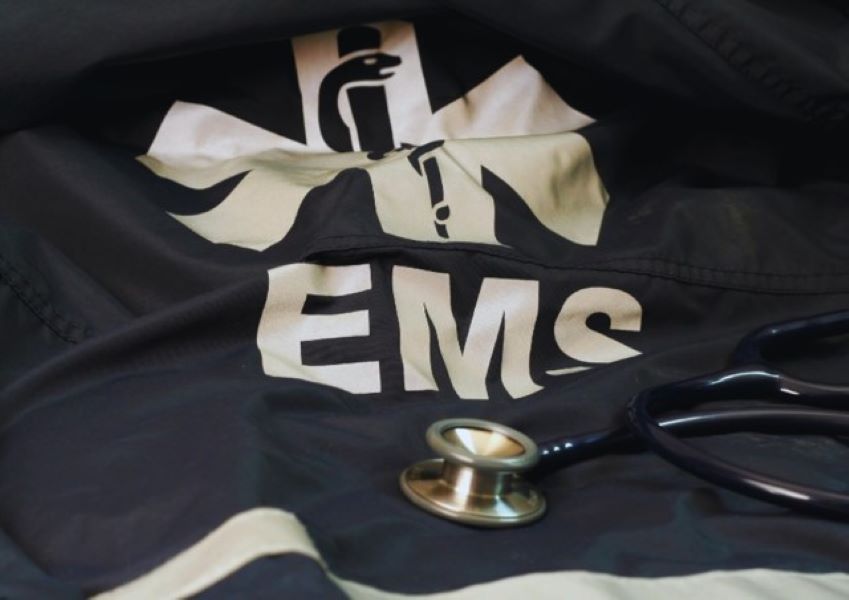EMS Week | We Care. For Everyone.
By Gary Harvat, CMTE, EMT-P (RET)*
Resilience: The Heart of EMS
As EMS Week 2025 approaches, one word stands out—resilience. Defined as the ability to withstand and recover quickly from difficulties, resilience is the very essence of EMS professionals across the world today.
Despite the misconceptions—whether it’s the fire department (not EMS) being called to take Uncle Jimmy to the hospital or the ambulance “drivers” simply telling Grandma she needs to be seen—EMS professionals persevere, serving people in their most critical moments.
Why Are We So Resilient?
It’s certainly not the pay.
It’s not the inadequate reimbursement set by policymakers.
It’s not the perfectly balanced work hours that allow for an ideal personal life.
No—our resilience comes from something deeper. It comes from a calling—the unshakable commitment to serve our communities and help those in need. Can there be a higher purpose? I think not. Yet, despite the sacrifices, the public’s perception often does not match reality.
A No-Win Situation?
Recently, a news report highlighted a patient who received a $1,000 ambulance bill for a short trip to the hospital. The journalist framed the story around the patient’s financial hardship, drawing public sympathy. The EMS director explained the rising costs of emergency services and the struggles of declining reimbursements. While the reporter may have understood, in the end, the focus remained on the patient’s burden—not on the reality EMS professionals face daily.
This is the paradox EMS providers live with:
- If we charge appropriately to cover costs, the public sees us as price-gougers.
- If we arrive late due to understaffing or limited resources, the public is again frustrated.
- Despite decades of service, EMS remains the forgotten sector of public safety.
And yet, we continue to show up, day after day. Why? Because only those who wear the blue star truly understand the depth of that resilience.
The Reality of EMS Operations
The Ground Ambulance Data Collection System (GADCS) recently released its first wave of reports, revealing stark financial challenges in EMS. According to the study:
- The average cost per EMS response is $1,500, factoring in staffing, equipment, insurance, station overhead, and more.
- The average reimbursement per call is $1,200—a $300 deficit per response.
In many cases, every time an ambulance rolls out, EMS providers lose money. This financial strain explains why so many organizations are shutting their doors, leaving communities dependent on the “next closest” provider.
If the EMS industry remains unchanged, response times will lengthen, and soon enough, reporters will be questioning why—with service directors left scrambling to defend a system they know is already failing.
Hope Amidst the Struggles
As I proof this blog, I realize—it is not the uplifting message one might expect for National EMS Week. Yet, it’s the truth. The silver lining is that we are a resilient (there’s that word) group—always hopeful, always striving for the changes needed to better serve our patients.
At the core of every EMS organization are the dedicated professionals who, despite the obstacles, lace up their boots and report for duty. To each of you, I extend my gratitude. As a retired EMS provider, I admire your unwavering commitment.
Though outsiders may never fully understand EMS, know that your work matters. While there will always be critics, the majority recognize your impact. May you receive the appreciation you so rightly deserve—not just during EMS Week 2025, but every day of the year.
*Gary Harvat is a veteran healthcare provider with over 40 years of emergency medical services experience. Harvat is a host and contributor to the QMC blog and Podcast space.
